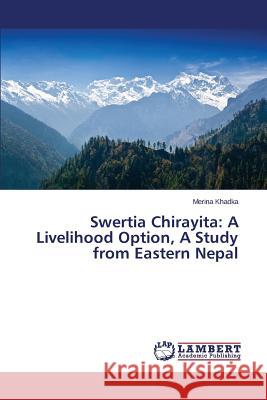Swertia Chirayita: A Livelihood Option, a Study from Eastern Nepal » książka
Swertia Chirayita: A Livelihood Option, a Study from Eastern Nepal
ISBN-13: 9783659534423 / Angielski / Miękka / 2014 / 104 str.
A study was carried out in Maipokhari areas of Illam district in the Eastern Nepal where Swertia chirayita cultivation is common between 1800 to 2200masl. Cultivated chirayito showed high density and high productivity too. Bitter principle test showed the high value in chirayito collected from wild than cultivated site. However, students t-test showed no significance difference in bitter principle between wild and cultivated chirayito. In wild stage, the value of soil parameters is high as compared to cultivated sites so yield high bitterness. Over ninety percent of the local people are satisfied from the income generated through the trade of chirayito. This has improved their livelihood. Cultivation on the private land showed higher income than harvesting from wild. The study showed that the area is very suitable for chirayito cultivation to support the local livelihood so the formation of NTFPs-based enterprises, Herbal processing units and market co-operatives should be initiated by the concerned organizations and stakeholders.











